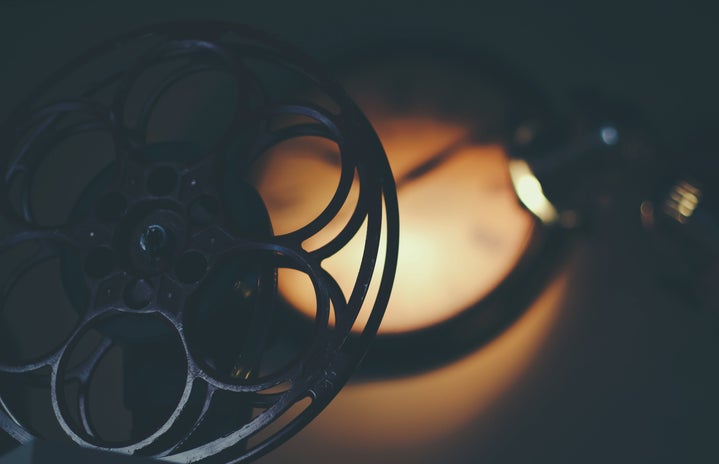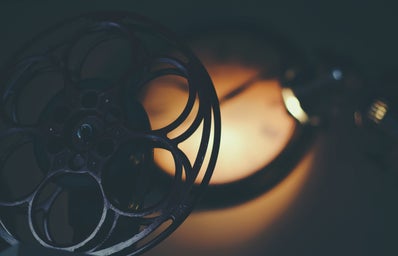Hollywood has a serious problem with its representations of disability. Whether it’s clumsy modern-day remakes or films from our childhood, portrayals of disability and disfigurement in the film industry have always been extremely problematic. Recently, the 2020 adaptation of Roald Dahl’s ‘The Witches’ has come under fire for depicting the gruesome villains of the story as having missing fingers. The film shows Anne Hathaway, the Grand High Witch, as having two elongated fingers and a thumb on each hand, a detail which is notably absent from the book. This decision was completely and utterly unnecessary. Why, then, was this considered appropriate? What kind of message does this send out to a child with limb difference when a decision is made for the villain of the story to be purposefully made to look like them?
As a person who has no physical disabilities or disfigurements, it’s impossible for me to imagine what it feels like for people with these disabilities to see themselves be portrayed in this way again and again. What’s incredibly worrying is that these lazy and problematic tropes occur in many popular children’s films, meaning that many people grow up with distorted and inaccurate images of disabled people. Off the top of my head, Scar, from ‘The Lion King’, is named after his facial disfigurement; Captain Hook, from ‘Peter Pan’, is missing a hand. And even now, in these ever-progressive times, the able-bodied Anne Hathaway for some unexplainable reason has limb difference. Why is it that when a disabled or disfigured character is on screen that they are almost always the villain, something to be afraid of and disgusted by? Considering how influential portrayals of marginalised characters can be and how important representation is, this demonisation of disabled people cannot continue. These representations of disabled people are incalculably harmful and seem to demonstrate that being disabled or disfigured is synonymous with being the villain.
To make matters worse, Hollywood also has a problem with casting able-bodied or “normal-looking” people in favour of people with real-life disabilities and disfigurements. For example, the release of ‘Wonder’ in 2017 was widely considered a huge disappointment to those with facial disfigurements. The film follows the story of a young boy with a craniofacial condition, but the actor who was casted for the role had no disfigurements, and instead wore heavy makeup and prosthetics. Craniofacial conditions affect hundreds of thousands of people, yet when they are represented, they’re either marginalised to the roles of villains, or made into props for “inspirational” stories. Neglecting to give roles to those with disabilities and disfigurements to portray characters who look like them is a huge failing of the film industry.
So, what’s to be done? Well, for starters it’s well past the time for disabled and disfigured people to be cast in the roles of characters who have the same disabilities or disfigurements. It’s also important that stories about disability or disfigurement are written and directed by people who actually understand what it’s like to have these disabilities. Able-bodied people must change their negative preconceptions of disabled and disfigured people, and we can start to do this through positive and realistic representations in the film industry.
Words By: Hannah Martin
Edited By: Tamikka Reid



